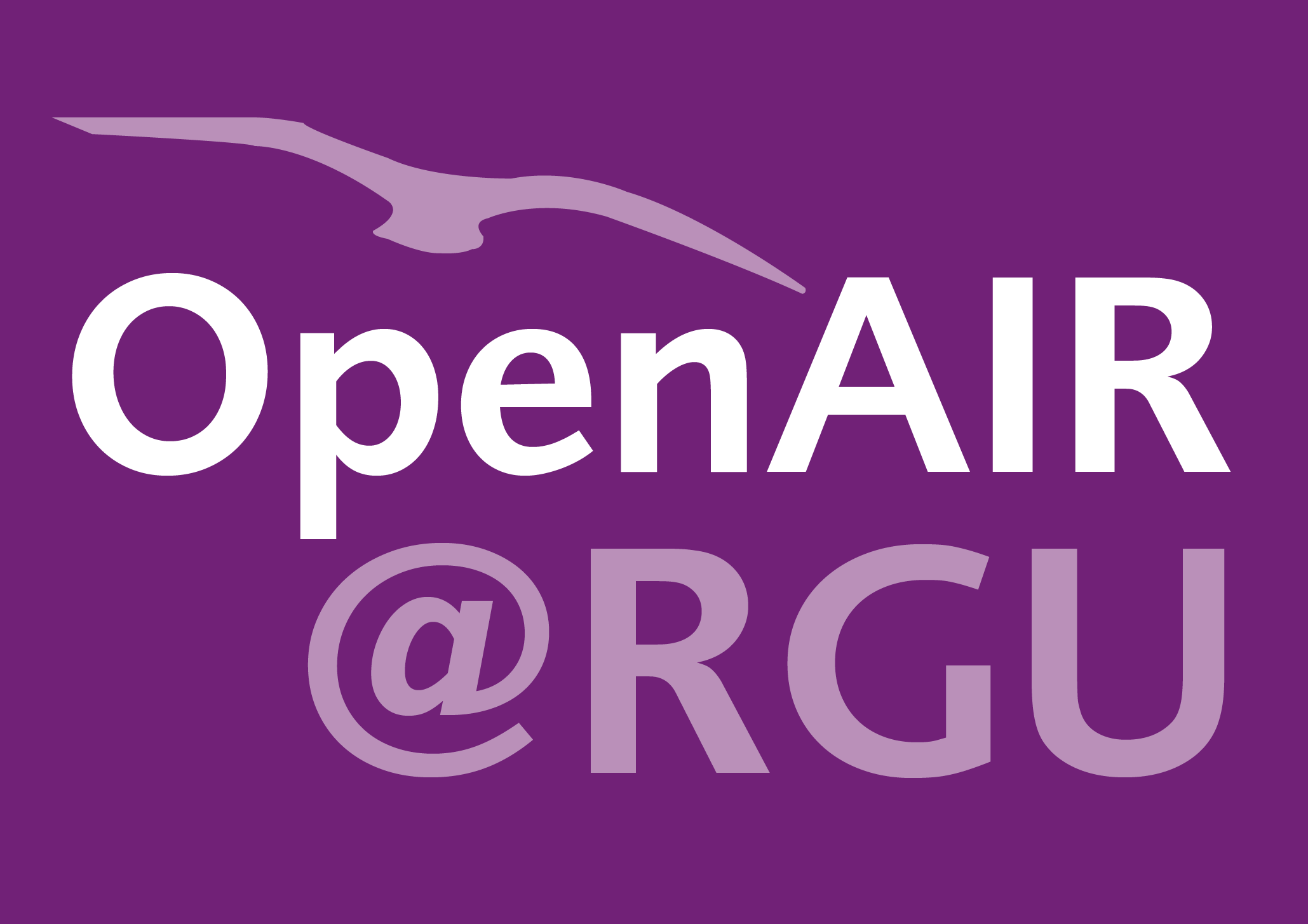Edward Archer
The fate of pharmaceuticals and personal care products (PPCPs), endocrine disrupting contaminants (EDCs), metabolites and illicit drugs in a WWTW and environmental waters.
Archer, Edward; Petrie, Bruce; Kasprzyk-Hordern, Barbara; Wolfaardt, Gideon M.
Authors
Dr Bruce Petrie b.r.petrie@rgu.ac.uk
Associate Professor
Barbara Kasprzyk-Hordern
Gideon M. Wolfaardt
Abstract
A large number of emerging contaminants (ECs) are known to persist in surface waters, and create pressure on wastewater treatment works (WWTW) for their effective removal. Although a large database for the levels of these pollutants in water systems exist globally, there is still a lack in the correlation of the levels of these pollutants with possible long-term adverse health effects in wildlife and humans, such as endocrine disruption. The current study detected a total of 55 ECs in WWTW influent surface water, 41 ECs in effluent, and 40 ECs in environmental waters located upstream and downstream of the plant. A list of ECs persisted through the WWTW process, with 28% of all detected ECs removed by less than 50%, and 18% of all ECs were removed by less than 25%. Negative mass balances of some pharmaceuticals and metabolites were observed within the WWTW, suggesting possible back-transformation of ECs during wastewater treatment. Three parental illicit drug compounds were detected within the influent of the WWTW, with concentrations ranging between 27.6 and 147.0 ng L−1 for cocaine, 35.6–120.6 ng L−1 for mephedrone, and 270.9–450.2 ng L−1 for methamphetamine. The related environmental risks are also discussed for some ECs, with particular reference to their ability to disrupt endocrine systems. The current study propose the potential of the pharmaceuticals carbamazepine, naproxen, diclofenac and ibuprofen to be regarded as priority ECs for environmental monitoring due to their regular detection and persistence in environmental waters and their possible contribution towards adverse health effects in humans and wildlife.
Citation
ARCHER, E., PETRIE, B., KASPRZYK-HORDERN, B. and WOLFAARDT, G.M. 2017. The fate of pharmaceuticals and personal care products (PPCPs), endocrine disrupting contaminants (EDCs), metabolites and illicit drugs in a WWTW and environmental waters. Chemosphere [online], 174, pages 437-446. Available from: https://doi.org/10.1016/j.chemosphere.2017.01.101
| Journal Article Type | Article |
|---|---|
| Acceptance Date | Jan 20, 2017 |
| Online Publication Date | Jan 26, 2017 |
| Publication Date | May 31, 2017 |
| Deposit Date | Apr 6, 2021 |
| Publicly Available Date | Apr 6, 2021 |
| Journal | Chemosphere |
| Print ISSN | 0045-6535 |
| Electronic ISSN | 1879-1298 |
| Publisher | Elsevier |
| Peer Reviewed | Peer Reviewed |
| Volume | 174 |
| Pages | 437-446 |
| DOI | https://doi.org/10.1016/j.chemosphere.2017.01.101 |
| Keywords | Endocrine disrupting contaminants (EDCs); Pharmaceuticals and personal care products (PPCPs); Illicit drugs; Wastewater; Risk assessment |
| Public URL | https://rgu-repository.worktribe.com/output/1269162 |
| Related Public URLs | https://rgu-repository.worktribe.com/output/1299468 |
Files
ARCHER 2017 The fate of pharmaceuticals
(1.5 Mb)
PDF
Publisher Licence URL
https://creativecommons.org/licenses/by/4.0/
You might also like
Downloadable Citations
About OpenAIR@RGU
Administrator e-mail: publications@rgu.ac.uk
This application uses the following open-source libraries:
SheetJS Community Edition
Apache License Version 2.0 (http://www.apache.org/licenses/)
PDF.js
Apache License Version 2.0 (http://www.apache.org/licenses/)
Font Awesome
SIL OFL 1.1 (http://scripts.sil.org/OFL)
MIT License (http://opensource.org/licenses/mit-license.html)
CC BY 3.0 ( http://creativecommons.org/licenses/by/3.0/)
Powered by Worktribe © 2025
Advanced Search
